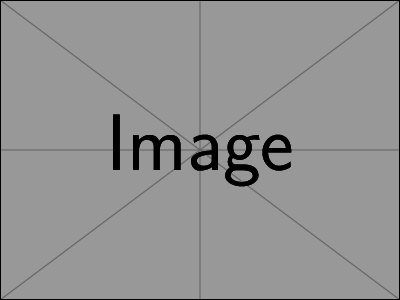
This is main chapter. Here is a nice image

Lorem ipsum dolor sit amet, consectetuer adipiscing elit. Etiam lobortis facilisis sem. Nullam nec mi et neque pharetra sollicitudin. Praesent imperdiet mi nec ante. Donec ullamcorper, felis non sodales commodo, lectus velit ultrices augue, a dignissim nibh lectus placerat pede. Vivamus nunc nunc, molestie ut, ultricies vel, semper in, velit. Ut porttitor. Praesent in sapien. Lorem ipsum dolor sit amet, consectetuer adipiscing elit. Duis fringilla tristique neque. Sed interdum libero ut metus. Pellentesque placerat. Nam rutrum augue a leo. Morbi sed elit sit amet ante lobortis sollicitudin. Praesent blandit blandit mauris. Praesent lectus tellus, aliquet aliquam, luctus a, egestas a, turpis. Mauris lacinia lorem sit amet ipsum. Nunc quis urna dictum turpis accumsan semper.
Here is some code in minipage
Here is example using listings
These two images should be side by side
Here is some verbatim
problem Transform the following problem or system to set of first order ODE
solution Since this is second order ODE, we need two state variables, say
Let , hence
Hence the two first order ODE’s are (now coupled)
The matrix form of the above is
problem This problem was solved in textbook using matrix exponential. Here is solved using
the fundamental matrix only. Use the method of variation of parameters to solve
.
Solution
The homogeneous solution was found in the book as
Following scalar case, the guess would be but since
is in the
homogeneous, we have to adjust to be
. Notice we had to add
, else it will not work if we just guessed
based on what we would
do in scalar case, we will find we get
. This seems to be a trial and error stage and
one just have to try to find out. This is why undermined coefficients for systems is not as
easy to use as with scalar case. Hence
Now we plug-in this back into the ODE and solve for . But an easier method is to use
Variation of parameters. The fundamental matrix is
And
Hence using
The integral of and
(using integration
by parts) hence the above simplifies to
Hence the complete solution is
To find the constants, we apply initial conditions. At
Hence or
and
, hence
.
Therefore the solution becomes